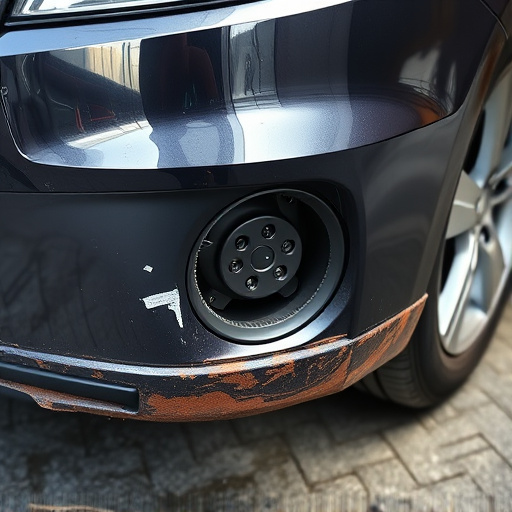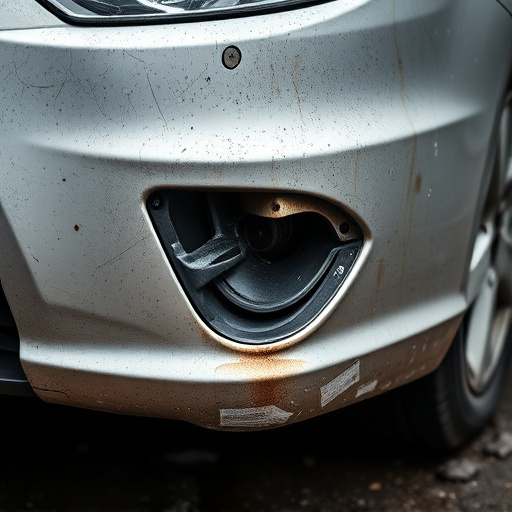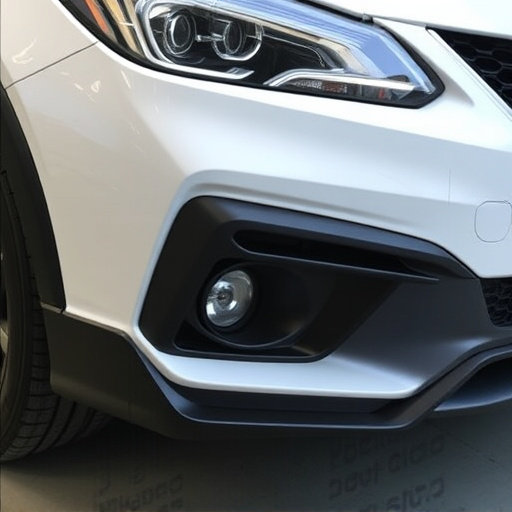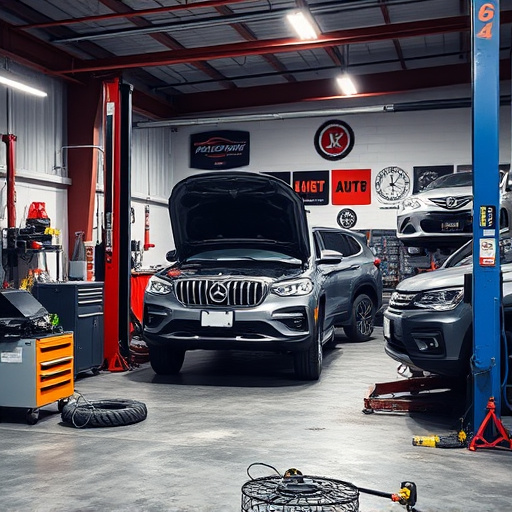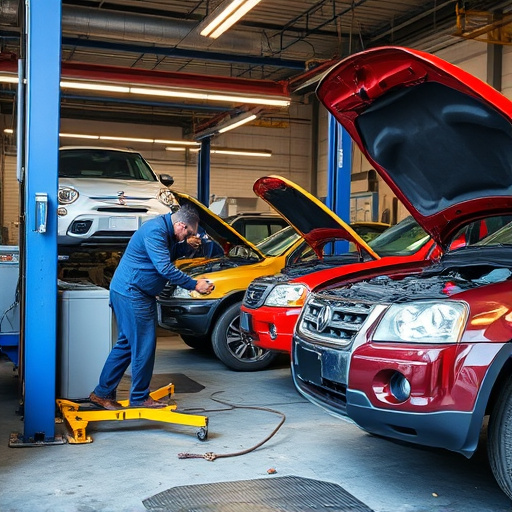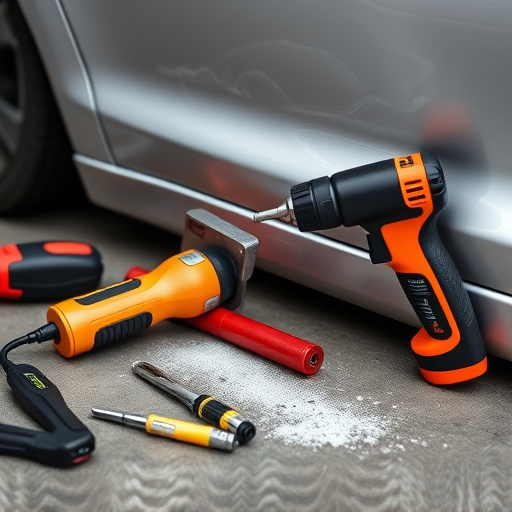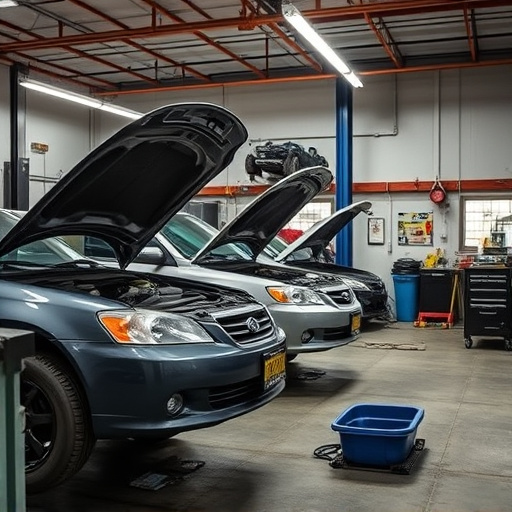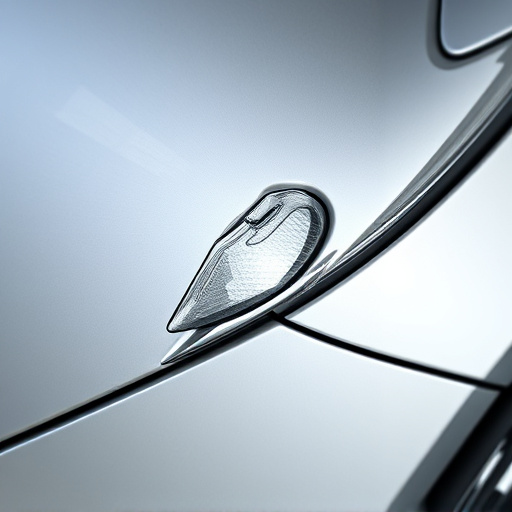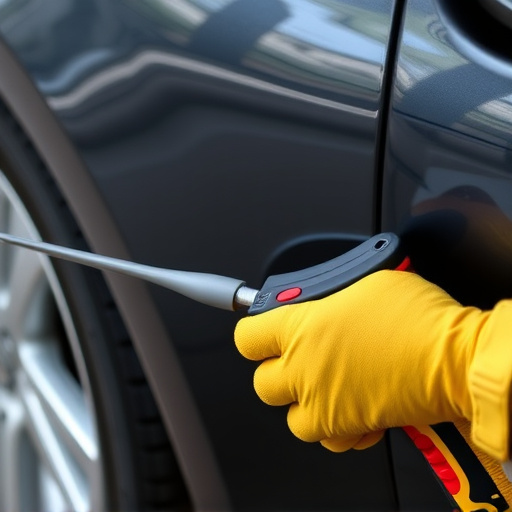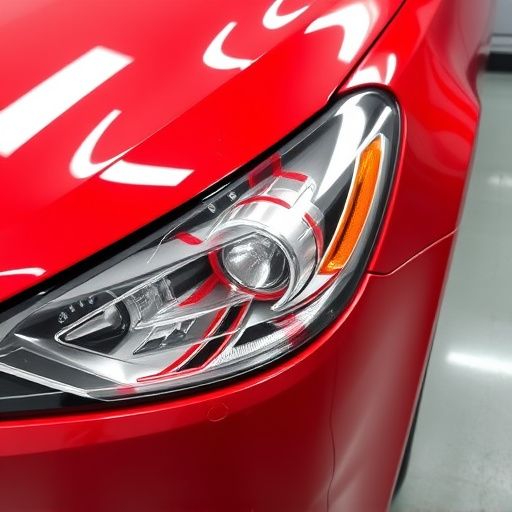Tesla repair scanning is a mandatory and advanced diagnostic process for modern car servicing, especially electric vehicles like Teslas. Insurance companies require this technology to ensure accurate, cost-effective, and high-quality repairs, focusing on detailed vehicle diagnostics, comprehensive damage reports, and adherence to manufacturer standards. Specialized tools enable quick identification of Tesla-specific damage, streamlining repairs, reducing downtime, and minimizing costs.
Tesla repair scanning is a critical process that insurance companies rely on for accurate and efficient claims handling. This article delves into the essential aspects of Tesla repair scanning, specifically focusing on what insurance providers look for during the assessment. From understanding key requirements to navigating the claims process smoothly, we provide insights into ensuring a seamless experience for both policyholders and insurers. By exploring these factors, individuals can better prepare for potential scenarios involving their electric vehicles’ repairs.
- Understanding Tesla Repair Scanning Requirements
- Key Components Insurance Companies Check
- Efficient Navigation for Smooth Claims Process
Understanding Tesla Repair Scanning Requirements
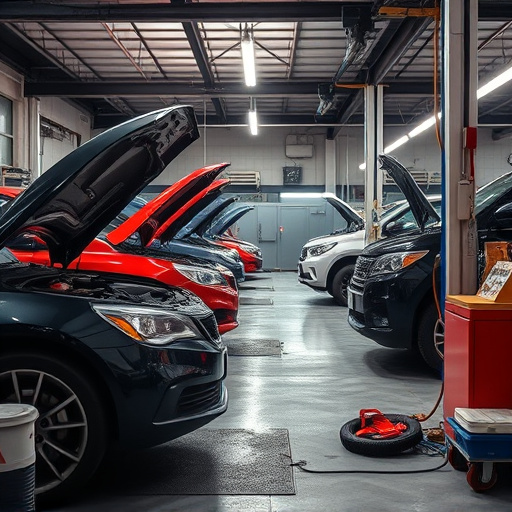
Tesla repair scanning is a crucial process that plays a significant role in modern car servicing. Insurance companies have specific requirements for this technology to ensure accurate assessments and cost-effective repairs, especially with the rising popularity of electric vehicles like Teslas. By employing Tesla repair scanning tools, automotive body shops can access detailed information about vehicle damage, facilitating precise and specialized autobody repairs.
This process involves advanced diagnostic software that scans the vehicle’s systems, identifying any issues or abnormalities. For auto maintenance and repairs to be covered by insurance, the scan must provide comprehensive data. This includes information on electrical components, sensors, and computer modules, which are often more intricate and sensitive than in traditional vehicles. Understanding these scanning requirements is essential for both insurance providers and automotive body shops to streamline the claims process and deliver high-quality services.
Key Components Insurance Companies Check
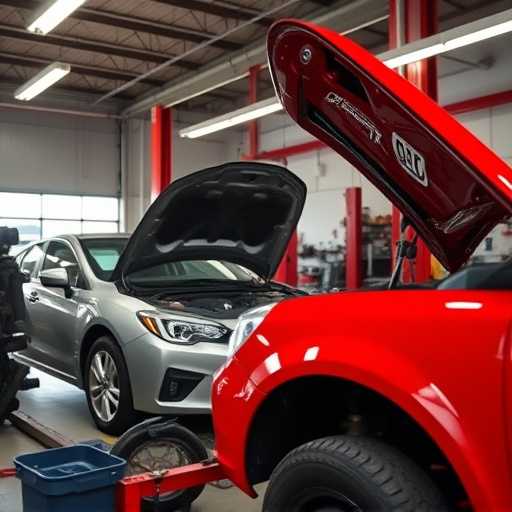
When it comes to Tesla repair scanning, insurance companies are meticulous about assessing the damage and cost-effectiveness of recommended repairs. Key components they scrutinize include detailed vehicle diagnostics, comprehensive damage reports, and adherence to manufacturer standards.
Tesla repair scanning involves advanced technology that goes beyond basic visual inspections. Insurance providers look for thorough scans that capture intricate details of the vehicle’s systems, including electrical components, software updates, and potential hidden damage. Moreover, they verify that repairs, such as dent removal or auto glass replacement, align with original equipment manufacturer (OEM) specifications to ensure quality and long-term reliability.
Efficient Navigation for Smooth Claims Process
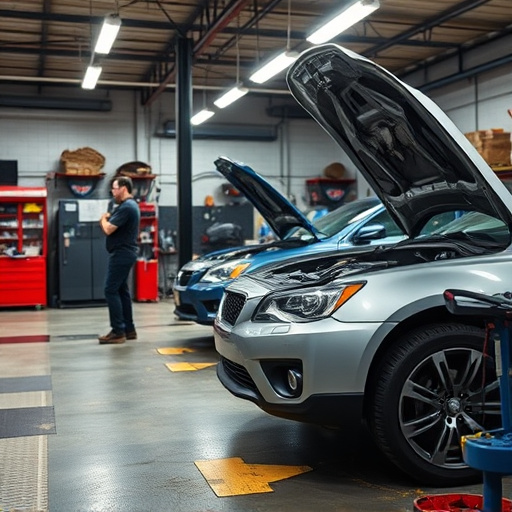
When it comes to Tesla repair scanning, efficient navigation is key to ensuring a smooth claims process for both customers and insurance companies. This technology plays a pivotal role in streamlining the evaluation and repair of electric vehicle damage. By quickly and accurately identifying issues, such as battery compartment problems or unique panel alignments specific to Teslas, scanning tools provide a clear roadmap for repairs.
Auto body services specializing in Tesla repair scanning offer significant advantages. These professionals are equipped with specialized equipment that facilitates precise detection of even the subtlest defects. Moreover, they can access comprehensive databases containing original manufacturer specifications, enabling them to conduct thorough inspections and recommend the best course of action. This expertise extends to fleet repair services as well, catering to businesses relying on their Tesla fleets for operations. Even minor issues like a bumper repair can be efficiently handled with the help of scanning technology, ultimately reducing downtime and costs associated with traditional repairs.
In conclusion, understanding Tesla repair scanning requirements is essential for a seamless claims process. Insurance companies meticulously check key components during this procedure, ensuring that repairs are accurate and cost-effective. Efficient navigation of these steps allows policyholders to quickly resolve issues with their Tesla vehicles, demonstrating the importance of staying informed about these procedures in today’s digital era.
